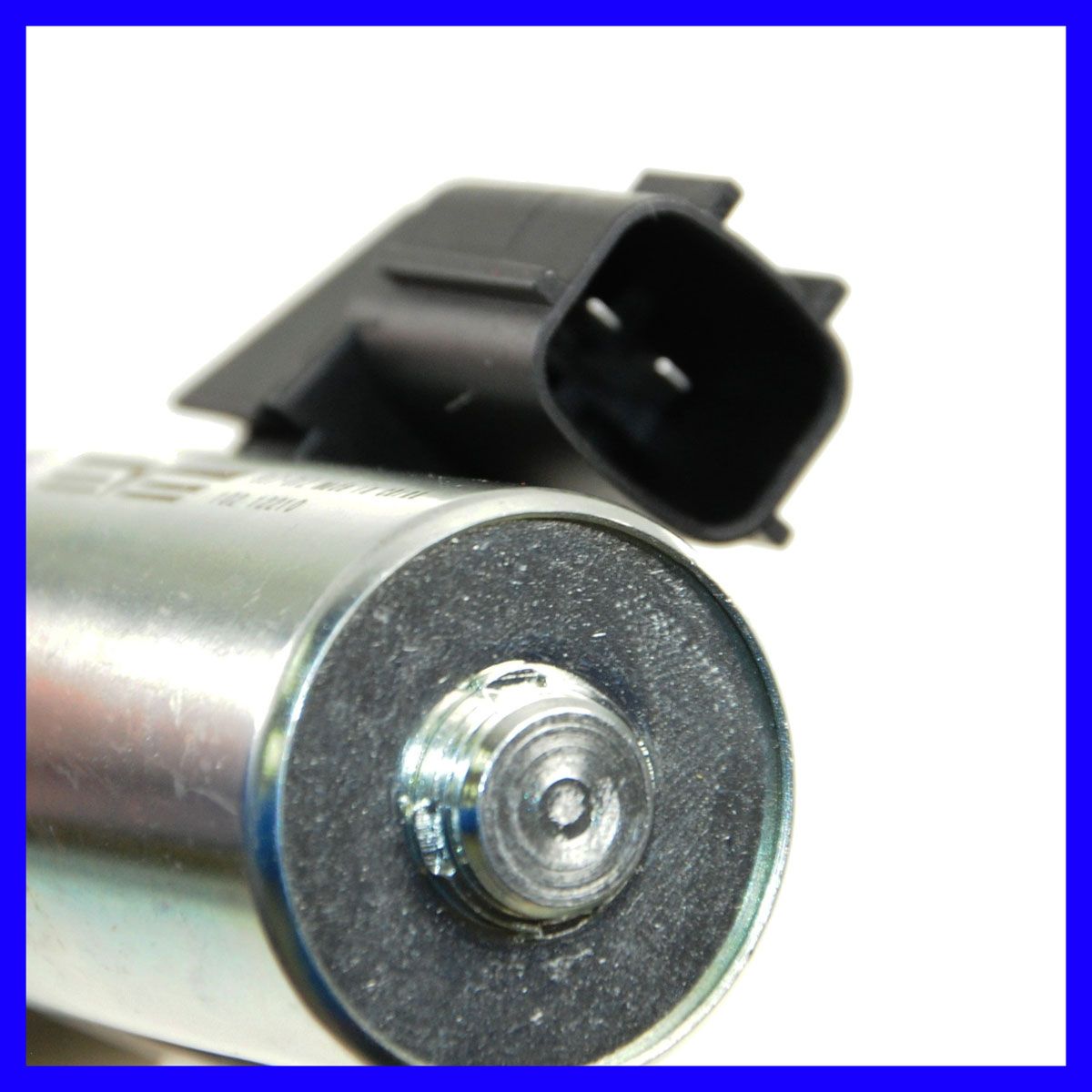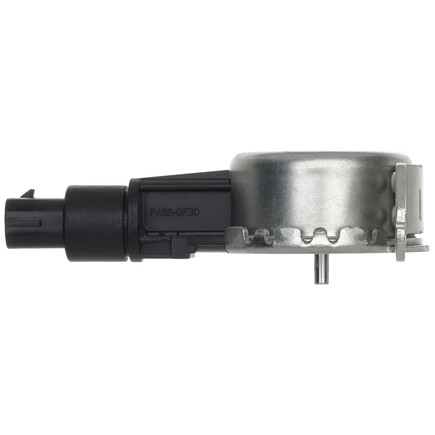
Also, with hydraulically actuated cam phasers, the VVT system is usually not active until the engine reaches normal operating temperature. Most VVT systems are not engaged when the engine is idling and remain in the locked or base-timing setting. When oil pressure is applied to the phaser, it pushes the dowel pin out of its locating hole and allows the rotor to move. This prevents rotor movement and noise when the engine is started and when it is idling. With lobed and vane-style phasers, there is an internal dowel pin that holds the rotor in the base-timing position when no oil pressure is applied. The phaser usually has five vanes that protrude outward from the rotor, with each vane being located within its own oil cavity. Vane rotor phasers: These function pretty much the same as a lobed rotor phaser by offering incremental timing advance or retard as oil pressure is applied to the chambers on either side of the vanes.

Wear between the vanes and phaser housing allow internal oil leaks that may prevent the phaser from advancing or retarding cam timing properly Timing changes can range from 20 degrees to as much as 60 degrees on some applications.
#Variable valve timing solenoid full#
Many of these units provide incremental timing changes that can vary from zero degrees of advance or retard up to full advance or retard. When oil pressure is routed into the chambers, it pushes the lobed rotor one way or the other to advance or retard cam timing.



This changes the centerline between the cams and the lobe separation angle, which in turn changes valve overlap and duration. On DOHC engines with separate cam phasers for the intake and exhaust cams, the powertrain control module can advance or retard the intake and exhaust cams independently. Valve timing can also be retarded when the engine is under load to reduce NOx emissions (and eliminate the need for an EGR valve). Valve duration can be increased at higher engine speeds to improve breathing and power. Valve timing can be advanced at low RPM for better throttle response and torque.


 0 kommentar(er)
0 kommentar(er)
